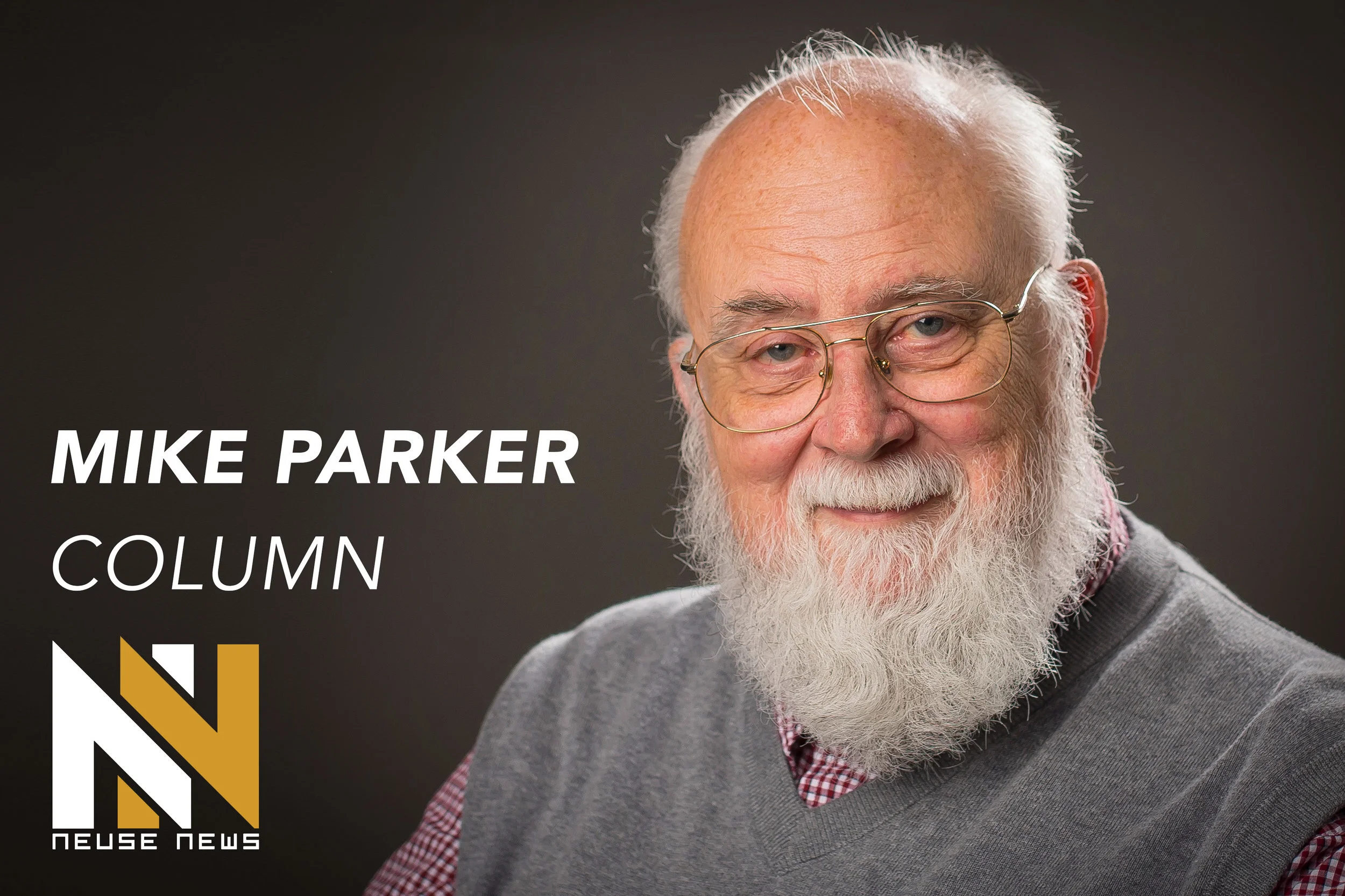Mike Parker: During the COVID-19 confusion, please do not forget to complete the Census
I should have written this column about two months ago. Like most of us, I have been distracted. Today’s subject is crucial to our local, state and national government.
In 1787, when the United States Constitution was still being hotly debated in the fledgling states forming themselves into the United States of America, that Constitution required that “within three years” from that year, beginning in 1790, the people of this nation would be counted every 10 years. This year the U.S. government is conducting Census 2020 – the 24th such census.
In 1787, each state was allotted one member of the House of Representatives for every 30,000 residents of their state – sort of. Those establishing the numbers for representation calculated the number of residents of each state with this formula: the number of free persons plus those bound in servitude for a term of years (indentured servants) plus three-fifths of all other persons (slaves). Those who designed the document also decreed that “Indians not taxed” would be excluded from the census.
The purpose of the census was to establish proper representation in the U.S. House of Representatives. No state would have less than one representative, regardless of population. “Rhode-Island and Providence Plantations,” our present state of Rhode Island, had one representative despite its sparse population. Today, seven states – Alaska, Delaware, Montana, North Dakota, South Dakota, Vermont, and Wyoming – each have a single US House member.Had we maintained the one representative for each 30,000 people, today’s House of Representatives would have more than 11,000 members. The Apportionment Act of 1911, which went into effect in March 1913, fixed the number of House members at 435 voting representatives.
U.S. House districts are realigned after each census to ensure each House member represents roughly the same number of people. Today, a House member represents about 760,000 people.
This year’s US Census is streamlined and basic compared to some earlier versions. In 1980, I received a “long form,” a 17-page monstrosity that asked 53 questions that included queries about household income, number of bathrooms – and even general health issues. None of those questions had anything to do with setting the boundaries of U.S. House Districts, so I refused to answer those questions. I told the U.S. government how many people lived in the house, their names, and their ages.
This year’s census is a breeze compared to the 1980 long form. In fact, you can complete the 2020 Census by mail, on-line, or over the telephone. I used the on-line method for reporting about the Parker household, and my mother completed her census reporting over the telephone.
The census still contains a few questions I think are unnecessary. For instance, I am not sure what questions about ethnicity or marital status have to do with apportioning representation in the U.S. House, but I answered those anyway.
An accurate census is essential if we are to determine equitable U.S. House districts that help our government to approximate the “one person-one vote” principle. Every state must have at least one member of the U.S. House, so the remaining 385 House members are apportioned by a formula based on population. At present, North Carolina has 13 U.S. House Districts.
In reviewing the “Understanding the Census” publication, I found several really interesting observations. The mean population center of the United States is moving westward – and slightly southward. In 2010, the mean center of our population was Plato, MO.
America’s educational attainment has changed drastically since the 1940’s, when only 4.6 percent of people aged 25 or older had completed college and 19.6 percent had completed high school or some college. In 1940, 75.9 percent of people 25 and older had less than a high school education. By 2017, these numbers had shifted significantly: 34.2 percent had completed college; 55.4 percent had completed high school or some college; and only 10.4 percent had less than a high school education.
Too bad we cannot do a “common sense” census. I am pretty sure Americans of the 1940’s had much greater common sense than people today – despite their lack of book learning.
Please be sure to complete your census. We want everyone to count.
Mike Parker is a columnist for Neuse News. You can reach him at mparker16@gmail.com.




